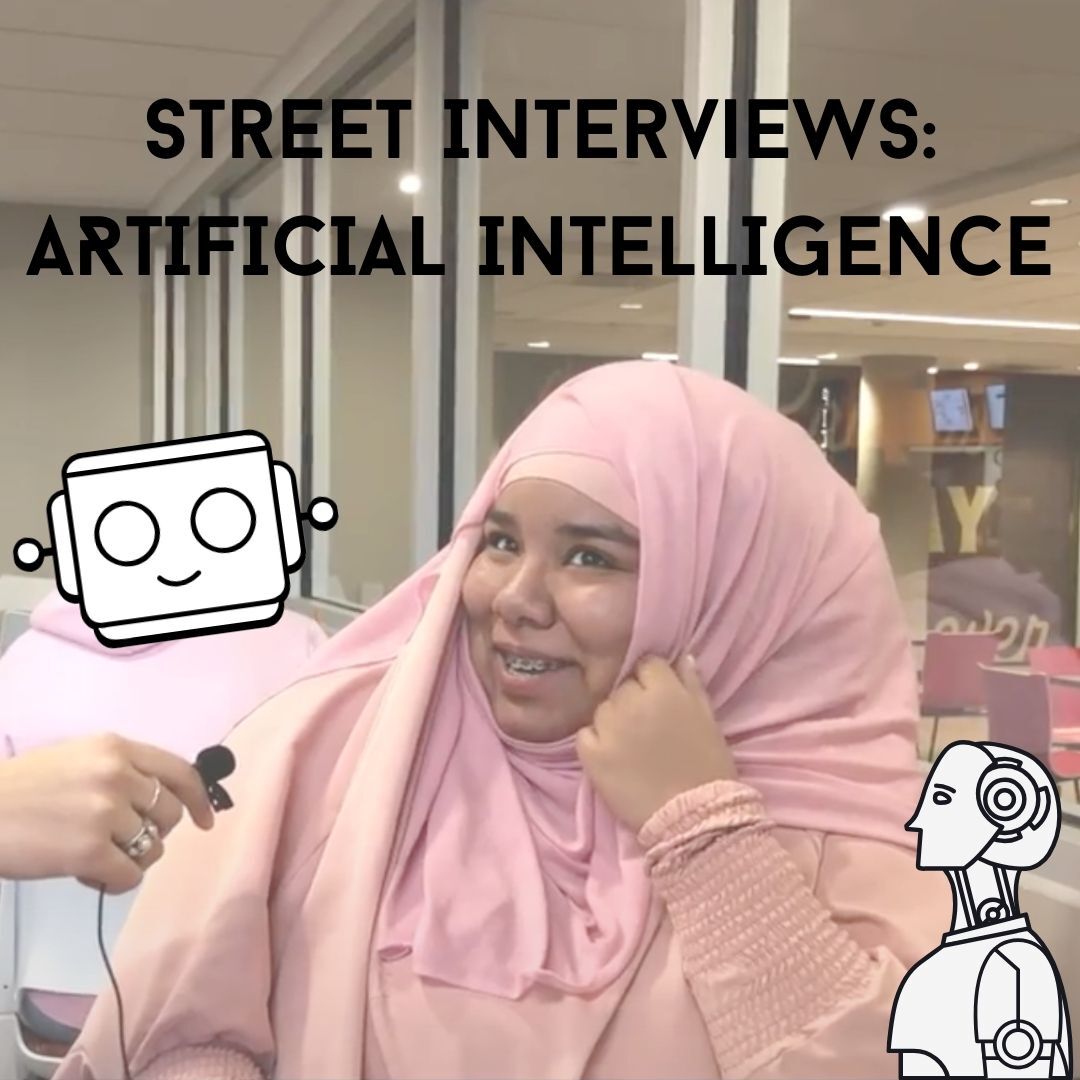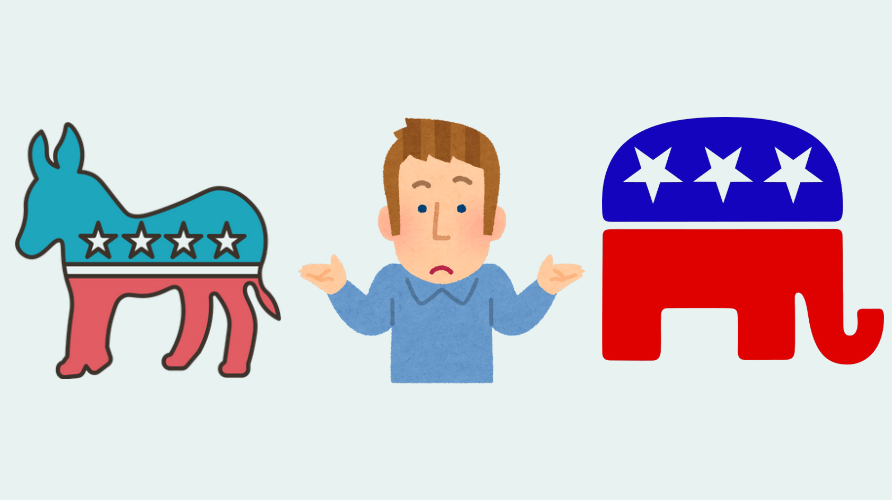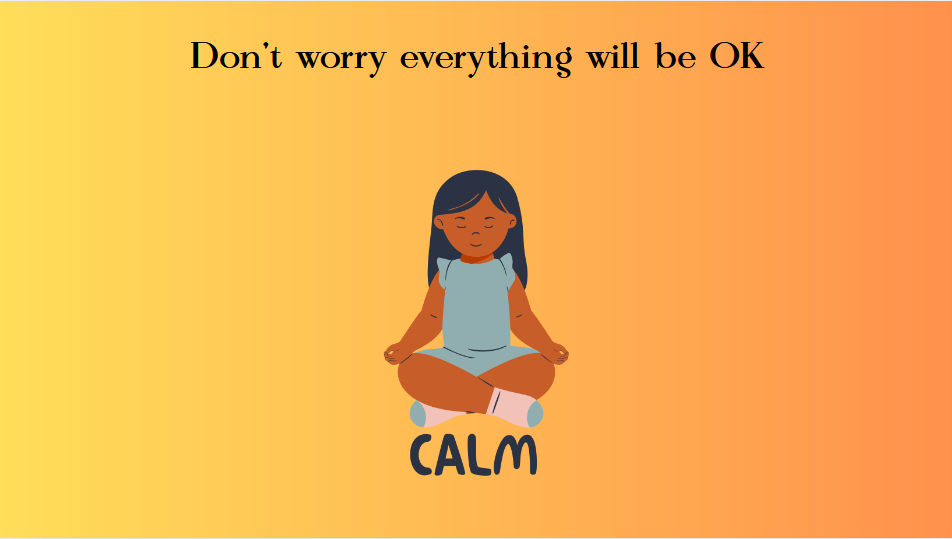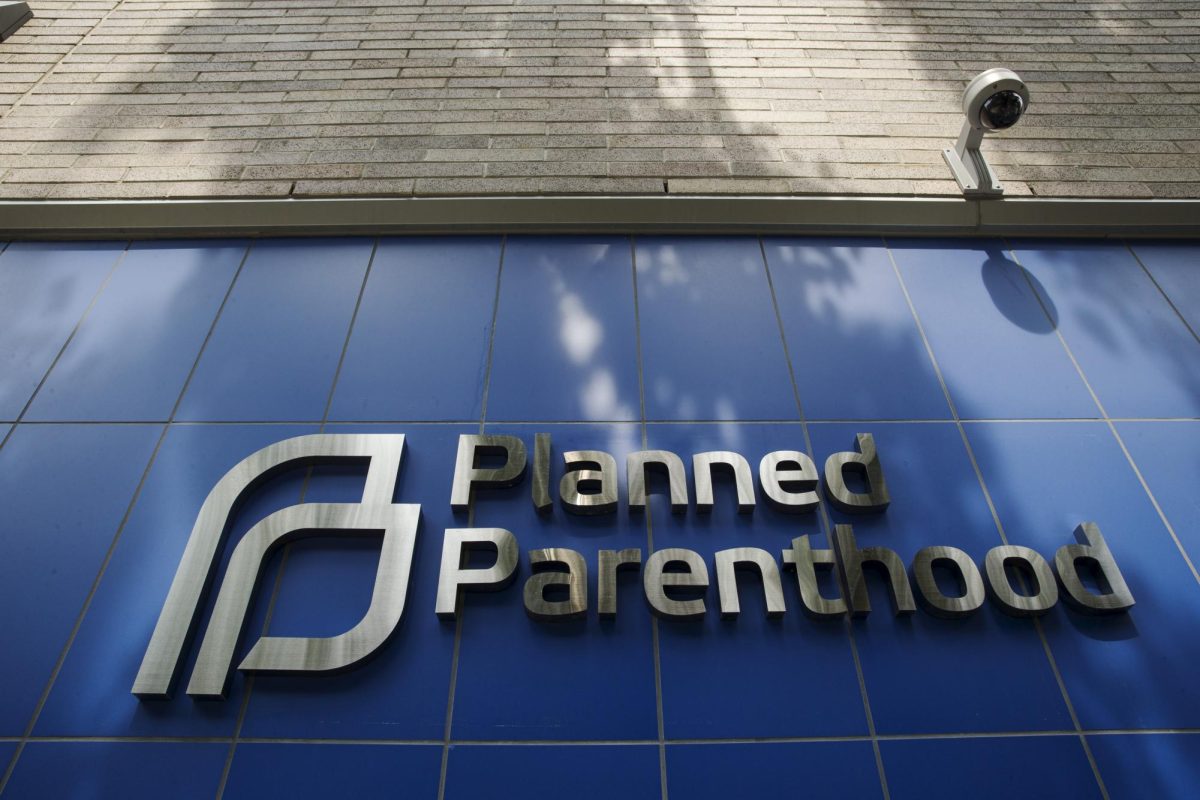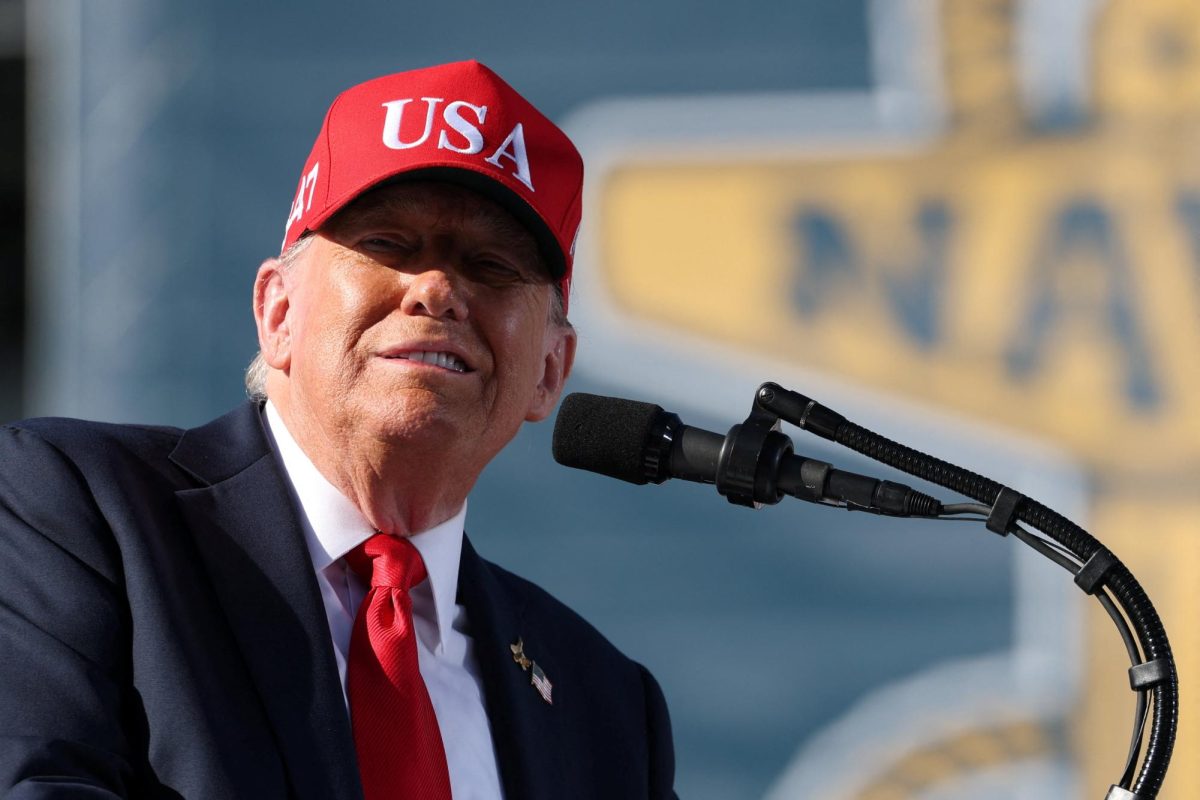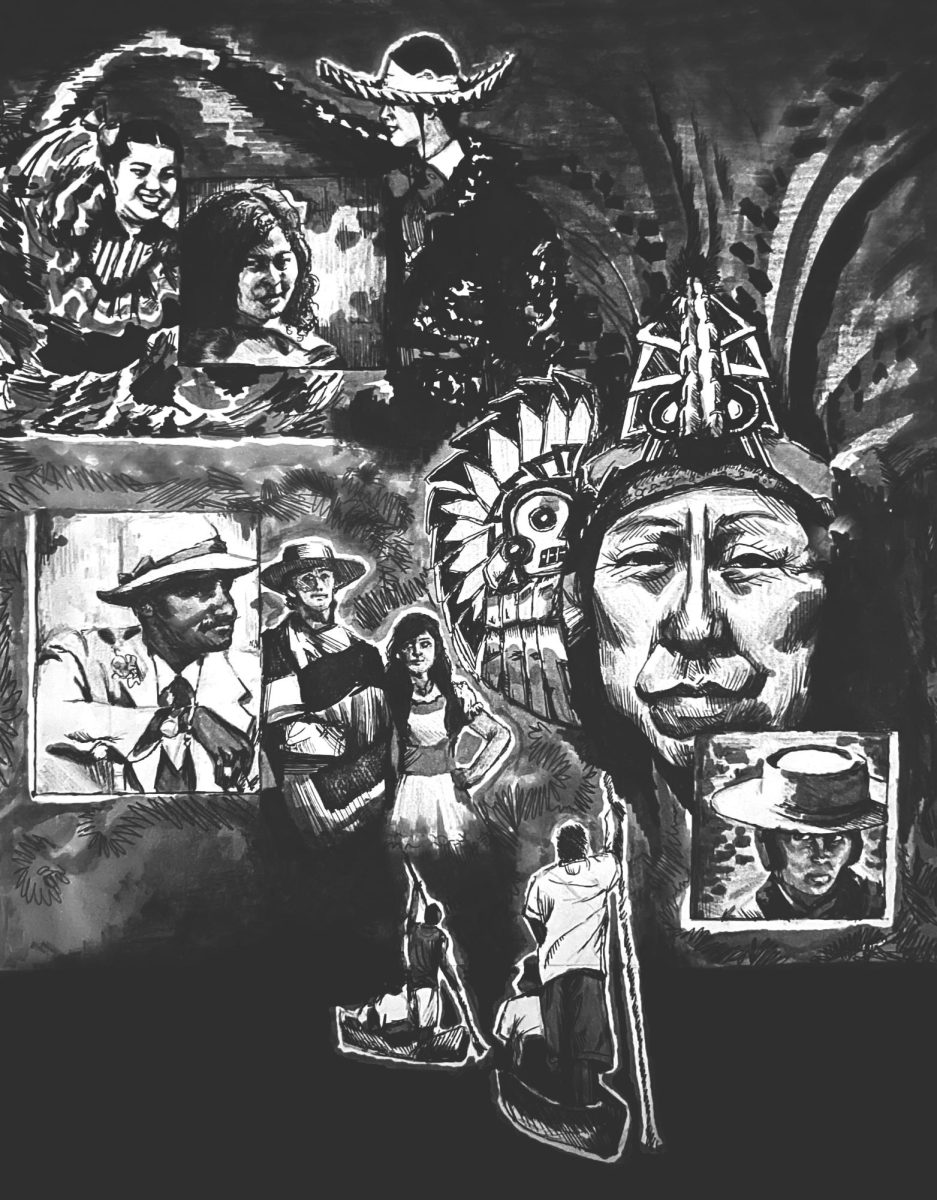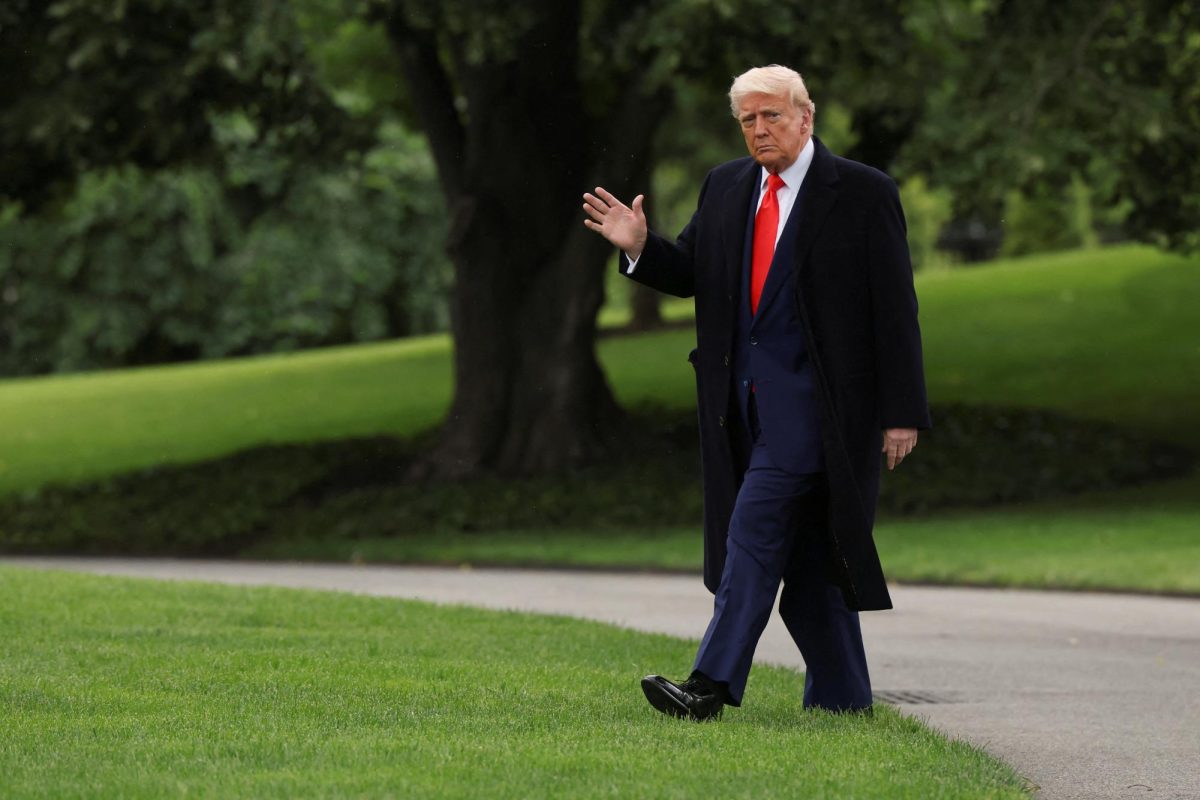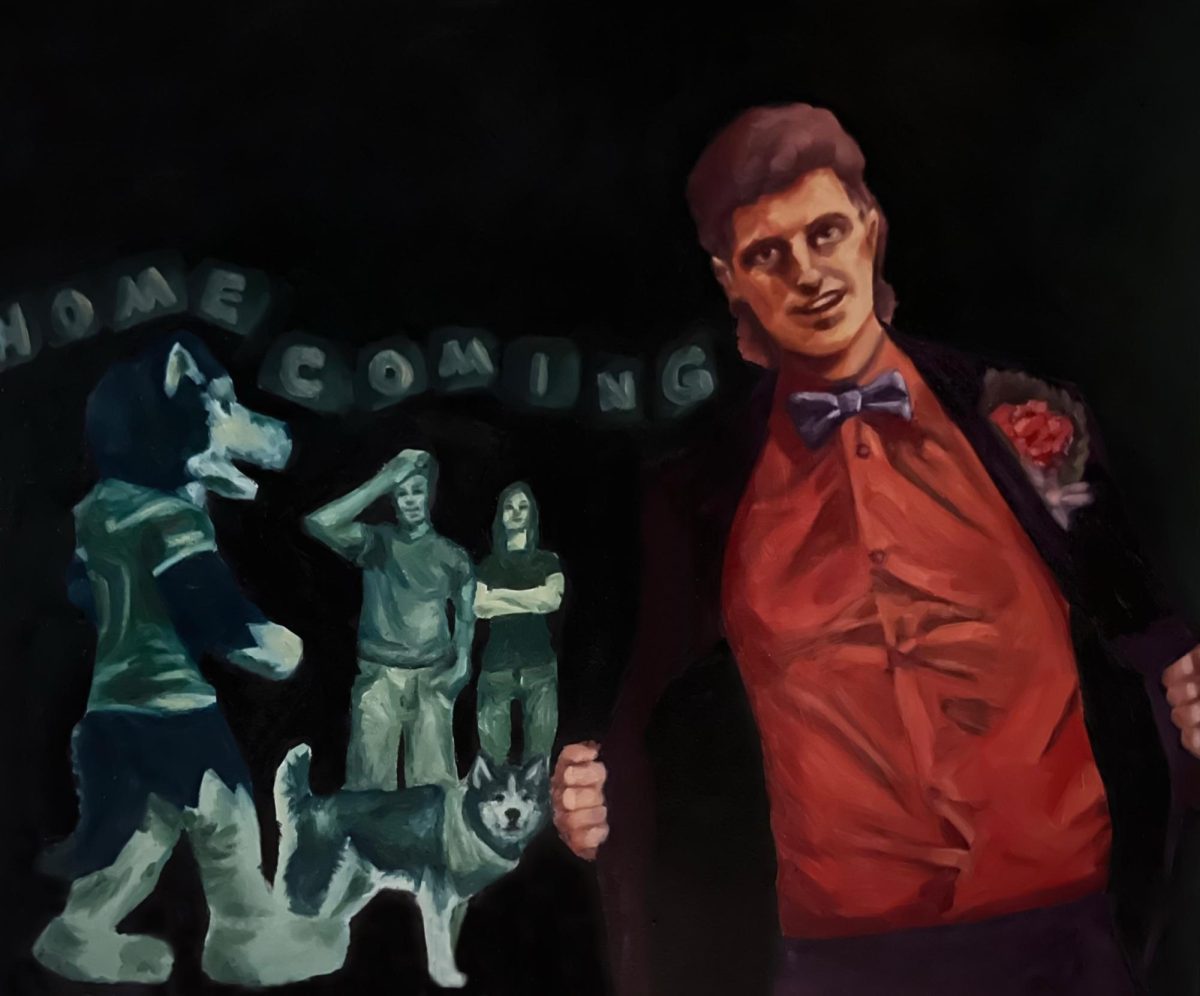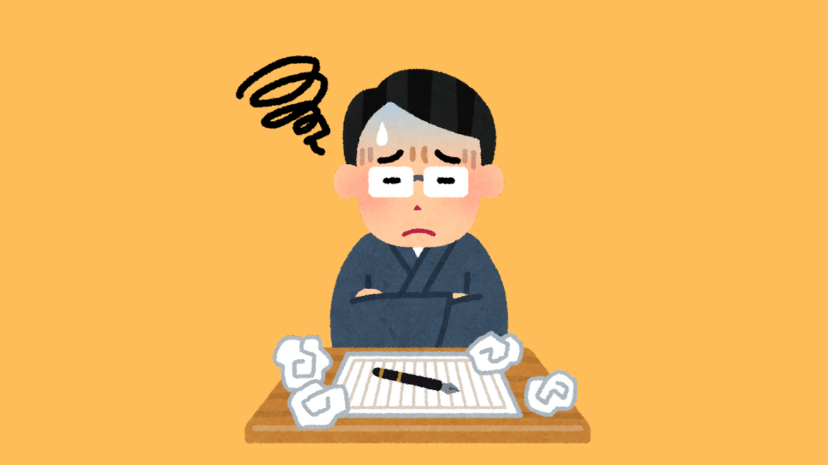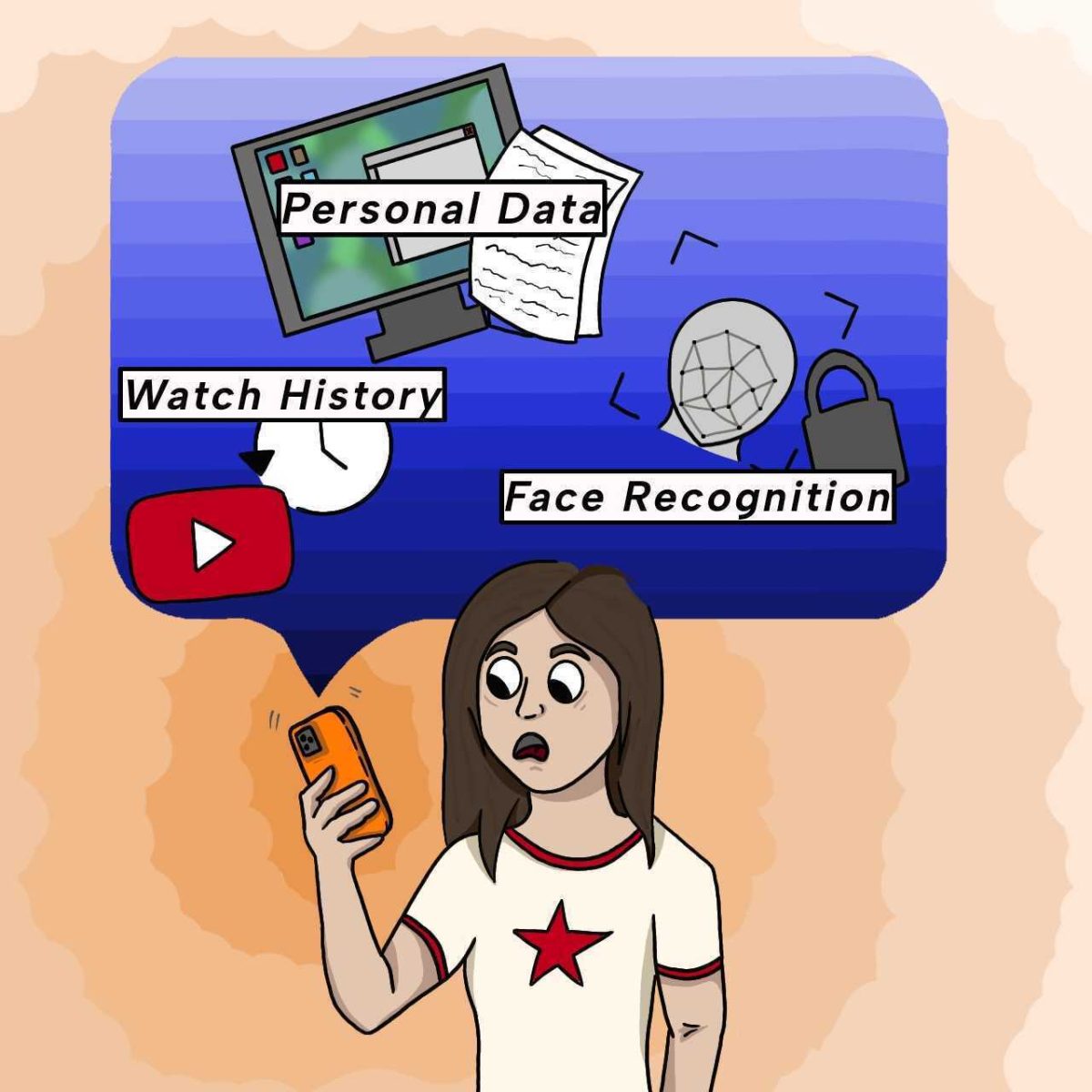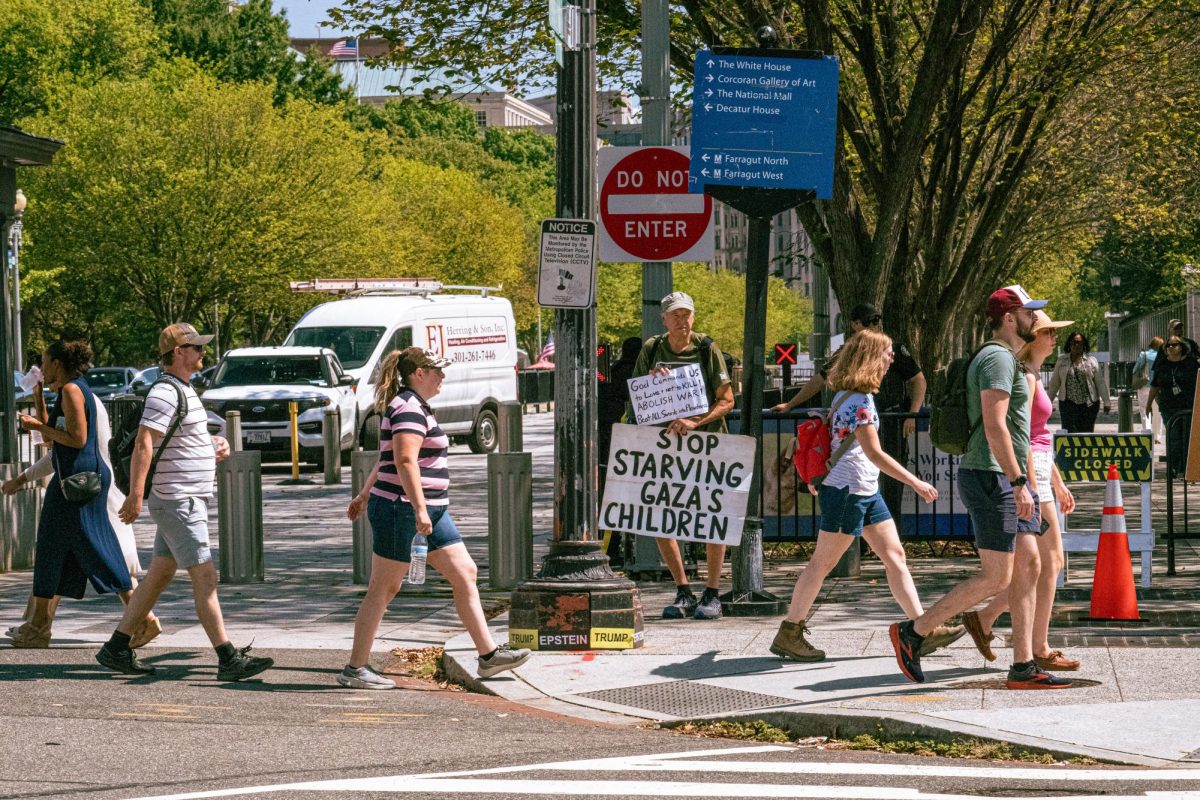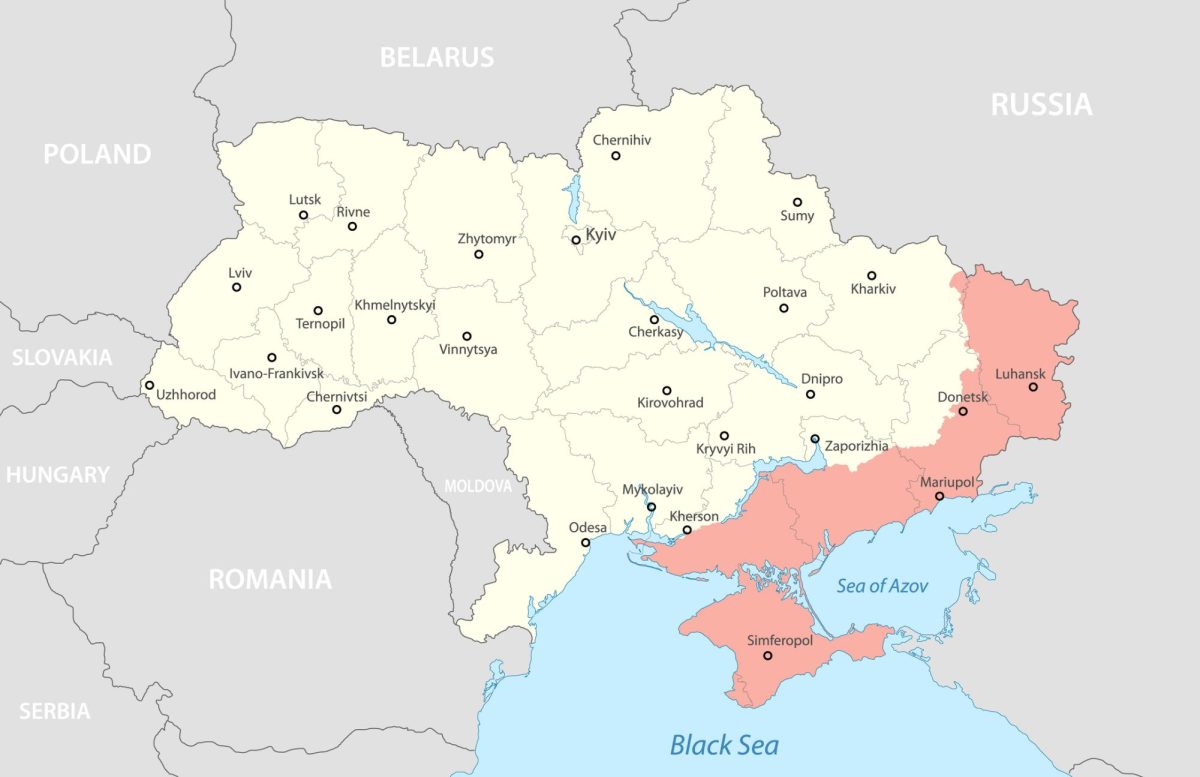The potential of artificial intelligence may not be at the level we see in sci-fi movies, but it is reaching a threshold where its applications in our world may be concerning.
About 56% of students said they have used AI to complete projects and exams, according to Best Colleges.
It’s tricky when AI applications exist, but our current policies can’t keep up with the innovation from tech companies. Internet and technological literacy is something that is not – but needs to be – prioritized by policymakers.
Humans, and students especially, are using their resources to the best of their ability. At what point do we acknowledge the accountability and responsibility of innovators to positively influence the world and education?
There has yet to be a moral code on how to use AI, and there aren’t well-defined and accepted social norms because the topic is still so fresh and new.
AI has effects on more than just students’ grades – what’s at stake differs depending on the person. For those who value creativity and art, AI use can hinder the need for real-life artists as AI programs take away opportunities and plagiarize artists’ work. That being said, AI has the potential to serve artists in developing ideas and formats that otherwise wouldn’t be possible without a machine.
AI is being used in all sectors, but the problems that we face in our current society are reflected in the programming of AI. In Chicago, the criminal justice system is using AI to detect future perpetrators, but in doing so it reinforces racial inequalities and exacerbates the potential of criminalizing those who aren’t criminals, according to Brookings.
Just like every new technological innovation – AI serves as a double-edged sword: if we aren’t cautious, critical and considerate of the way the advancement affects society, society will suffer from negative complications and outcomes.


